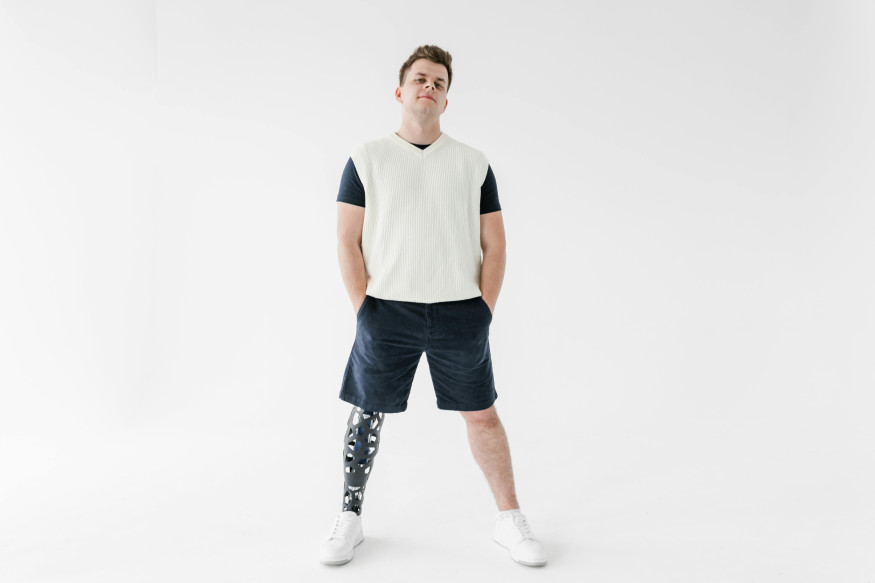
Scientists have unveiled prosthetic legs that can be controlled directly by brain signals, offering new hope and improved mobility for amputees. This groundbreaking invention allows users to command their prosthetic limbs through neural commands, mimicking natural movements and increasing functionality.
Developed by researchers at MIT, the prosthetic legs utilize a pioneering technique known as the agonist-antagonist myoneural interface (AMI). According to VOI, this approach involves preserving key muscles during amputation below the knee, enabling these muscles to still communicate with each other and provide essential signals for controlling the prosthetic limbs.
During trials involving 14 amputees, the MIT team observed remarkable improvements in functionality. The prosthetic legs enabled more natural movements, enhanced stability on various terrains, and even increased walking speeds by 41% compared to traditional prosthetics.
Published in the journal Nature Medicine, the study highlights the potential of this new technology to revolutionize prosthetic limbs within the next five years.
Lead researcher Hyungeun Song, a post-doctoral researcher at MIT, emphasized the transformative impact of the AMI interface, saying, "Because of AMI's neuroprosthetic interface, we can improve those neural signals, maintain as much as we can. This is able to restore a person's neutral ability to control the full motion of the walk, with various speeds of walking, stairs, slopes, and even passing obstacles."
The innovative approach addresses a longstanding challenge in prosthetic design by restoring a more intuitive connection between the user's brain and their artificial limb. Unlike traditional prosthetics that rely on surface electrodes, which often provide limited control and sensory feedback, the AMI interface promises a more integrated and responsive experience.
Professor Hugh Herr, celebrated for his advancements in prosthetic technology, noted the endeavor's objective: "The approach we took was to try to connect the human brain comprehensively with electromechanicals."
While the study marks a significant milestone in prosthetic innovation, researchers continue to refine the technology and expand its application. The next steps involve further clinical trials and advancements to optimize the AMI interface for broader use in both lower limb and potentially upper limb prosthetics.
The development of these brain-controlled prosthetic legs not only promises enhanced mobility and functionality but also aims to improve the overall quality of life for amputees, offering a glimpse into a future where bionic technology seamlessly integrates with human physiology.
